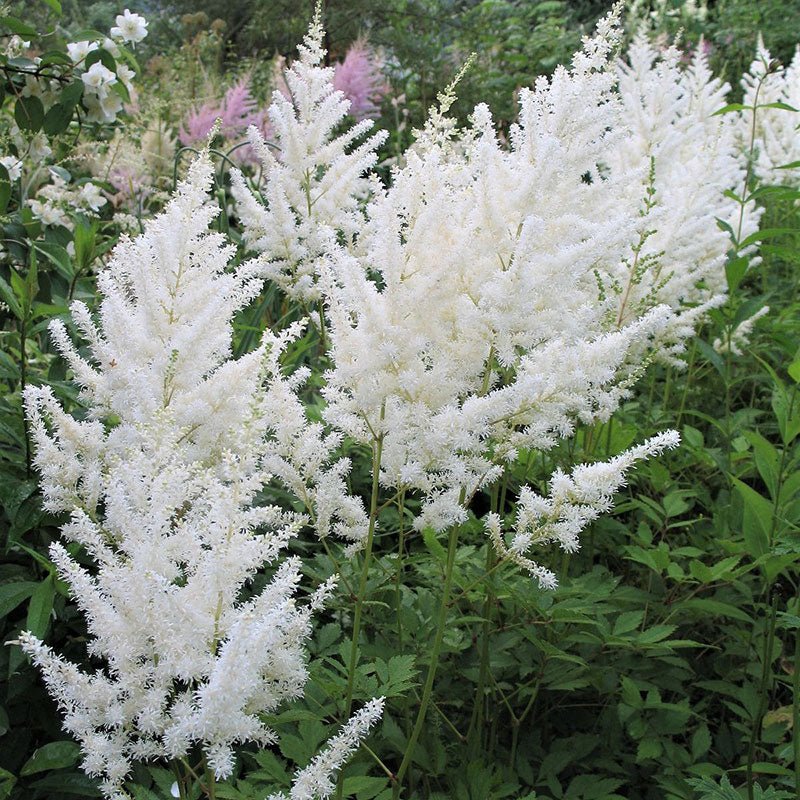The Chronicle of the Moon Garden
The Moon Garden
I love having themed gardens at Three Leaf Farm, and after a wonderful weekend workshop about Moon Magic, I’m inspired to create my own Moon Magic Garden. Being late February, this is the perfect time to design the garden, choose the plants, and order the seeds. Traditionally, moon gardens are created using only white flowering plants that will be highlighted by the light of the moon. What a magical landscape to create when working with moon magic!
Location:
We have a large, 16 foot diameter gazebo in the party field, which we call the Forest Gazebo. This is the area where we usually hold weddings, rituals, and other private events. Around the gazebo seems to be the best place to plant the moon garden, so that during the evenings these white blooms will be at their most vibrant and this space is mostly enjoyed in the evenings. Although the Forest Gazebo is not completely surrounded by trees, we call it that because there are more trees in the area and the gazebo is set within the creek plain. Here in Colorado, we have to slightly adjust the stated requirements for plants due to our higher elevation (making the sun stronger) and our dry atmosphere. The area around the Forest Gazebo has enough trees to lower the powerful hours of sunlight, and by being in the creek plain, it often stays moist longer than other areas of the farm.
Plant Selection:
For plants, I chose botanicals that either bloom in the night, have white flowers, or have some kind of spiritual relevance to night magic or symbolism. Here is the list of what I plan to start with.
I’ll begin my design with the perennials. The plants that will return year after year will offer the structure of the garden, and by determining their height and width, I can design the rest of the garden around them.
I’ll also need to be aware of the bloom time, because one of the goals of the garden will be to have at least a few things blooming throughout the season.
Perennials:
White Roses (Rosa ssp) - roses seem to do especially well around the Forest Gazebo. The white roses will be the highlights of the garden, and a climbing white rose will planted at each column of the gazebo. Since I already have white roses on the front two pillars, I’ll need to get six more, and I need to purchase these. Luckily, my local nursery has an excellent, world class stock of roses each year. I’ll just need to get there early enough to snag the white climbers!
Moon Flower (Impomoea alba) - this perennial white morning glory is another climber, and will be planted toward the back of the raised gazebo to give it a background. These trumpet shaped flowers bloom in the late afternoon and stay open through the night, and the lemon scent will join the roses in perfuming the night air. Although morning glory can be somewhat invasive, the area that I’m planning to put it will be wild enough that any adventurous volunteers will be welcome. I’ll need to build a small trellis out of fishing line (to keep it invisible) for the morning glory to grow on and it will be a hands-on process of tending to the vine to get it to go where I want it. This variety blooms a little later in the season, but blooms last summer through fall. They are pollinator-friendly blooms, and will add to the glory of our honeybee sanctuary.
These white morning glorys can be planted in the spring, sown directly outdoors. A light scarification and soaking of the seeds will assist in successful germination, and they’ll be planted about 1/2 inch deep, 4 inches apart. Since morning glorys are a tender perennial, I will need to cut them back before the first frost, and mulch them well so they can overwinter here in the Colorado climate.
White Peonies (Paeonia spp) - I am so excited to plant these in the Moon Garden, as peonies are one of my favorite plants. I’ve chosen the variety “Duchess de Nemours, a creamy white bloom that actually blooms twice through the season. Not only are they super attractive to bees, butterflies, hummingbirds and other pollinators, their blooms are majestic and showy, perfect for cut floral bouquets and arrangements. Once established, they are hardy and drought tolerant. In fact I have some in my gardens that are over 30 years old! I’ve ordered bulbs from my favorite online company Eden Brothers, for spring planting. The bulbs need to be planted face up in a hole about 12 inches deep and 8 inches across. The bulb only needs to be covered with about 2 inches of soil, but the larger hole will support the plant as it grows. The peony has a slightly shorter bloom period, from late spring through early summer, but the incredible beauty of the flowers makes the time especially sacred.
Oriental Lily (Lilium Spp) - a large, showy white lily with a strong delicious fragrance, these white lilies bloom during the summer. These are best purchased as bulbs to be planted either in spring or fall, and I’ll need 8 of them around the front areas of the gazebo. They’ll need to be planted at least 8 inches from other plants, about 6 inches deep. They bloom during the summer, and are easy to grow and maintain.
Dahlia, White Dinnerplate (Dahlia spp) - with huge 10 in white blooms, these dahlia’s will be the highlights of the back garden. They grow up to 36 inches tall and bloom in summer through the late fall, making them the perfect backdrop for the wedding gazebos. These perenials may be tender in my area, but I think due to their location and the fact that i’m already going to winter mulch the moon flowers, they might make it through the winter. If not, I’ll need to dig them up in the fall to replant in the spring.
White Ranunculus (Ranunculus spp) - pure white, graceful and and unique with their multi-petaled, globular flowers, the ranunculus will be an excellent cut flower as well as filling in the areas around her taller neighbors. Easy to grow and maintain, ranunculus is pollinator friendly. Planted in spring, the bulbs are first soaked in lukewarm water for 2 hrs, and planted only about 2 inches under the soil about 4 - 6 inches apart.
Astilbe Diamant (Astilbe arendsii) - this is a shade loving perennial that has long lasting, fluffy, feathery like flower plumes. It bright and showwy, and blooms throughout the summer into the fall. I’ll need to be careful about the placement of the astilbe, however, and keep it back near the trees in the shade where it can stay cool and wet. They need to be about 1 inch below the soil line when planted, and should grow to 32-40 inches tall. The feathery, fluffy plumes offer a bit of texture to bouquets, and visual appeal in the garden.
Cosmos Purity (Cosmos bipinnatus) - this annual favorite has silky white flowers and blooms all summer through fall. Easy to grow and perfect in cut arrangements, these can be direct sown in the spring for a riotous and joyous display of white blooms.
White Strawflower (Helichrysum bracteatum) - strawflowers are perfect for both fresh and dried arrangements. They’re best started indoors about 6 weeks before the last frost. After hardening them off, they can be planted about 12 inch apart. It’s recommended to harvest these flowers in the morning if you plan to dry them.
White Cornflower (Centaurea cyanus) - an unusual variety of the typically blue flowers, the white flowers bloom early spring through summer. Although these can be started directly in the garden or indoors I’ll probably plant them in the greenhouse so I can baby them along. Not only is cornflower a lovely garden filler, but the petals themselves are dried and used in our teas as decoration for the blend. With a mild, barely noticeable taste, they add visual appeal and diversity to a tea blend.
White Gomphrena- (Gomphrena globosa)- little globe flowers are the perfect addition to bouquets and arrangments, and they are wonderful as dried flowers, holding shape and color long after they are dried. I can sow these in flats indoors about 8 weeks before the first frost and transplant them in late May. They can be placed relatively close together at 6-8” apart, and grow to about 18-29” high. This makes them a great filler for the medium space.
Snow Maiden Scabiosa (Scabiosa atropurpurea) - I like to plant things that can have multiple uses, from freshly cut bouquets, to dried flowers, to even just being especially beneficial in the ecosystem. Scabiosa fits the bill for all these! Another mid-size filler, the scabiosa is a pollinator friendly flower that are best started indoors and then up-potted about every two weeks.
White Petunias (Petunia spp)- although of course these are super easy to find, I’m going to try this season to start them from seed. I bought a variety called Supercascade white and will plant them as soon as they arrive. The petunias will be the lower growing flowers at the front of the garden, giving a little bit of a low border. Petunias are such happy flowers, and the planting them each year is such a ritual for me, that I had to include them in the moon garden even though they’ll often be closed at night.
Next Steps:
There are so many other flowers that I’d like to add to this moon garden, but I’m running out of time and money. Now that I’ve chosen the location and selected the individual plants for the moon garden, there are few next steps.
Order the seeds and the bulbs. This should be done in January and February, so that all the seeds can be organized and scheduled for starting. It’s certainly an investment for me to plant a garden of this scale, however, its multiple uses as both a ritual space (weddings, ceremonies, moon rituals) as well as for cut fresh bouquets and dried flowers for crafts, gives me good hope that I’ll see a good return on the investment.
Next I need to layout the garden. I do this using Adobe Illustrator, but it can be hand done just as easily. See my next bog post for the process of designing the garden.
Preparing the site: this is the perfect time to prepare the site for the garden. Clearing out the winter weeds, cutting back existing roses, and marking off the planting areas will really be helpful when its time to plant. The earth is moist from snow and rain now, and clearing is relatively easy.














